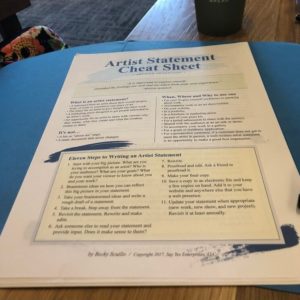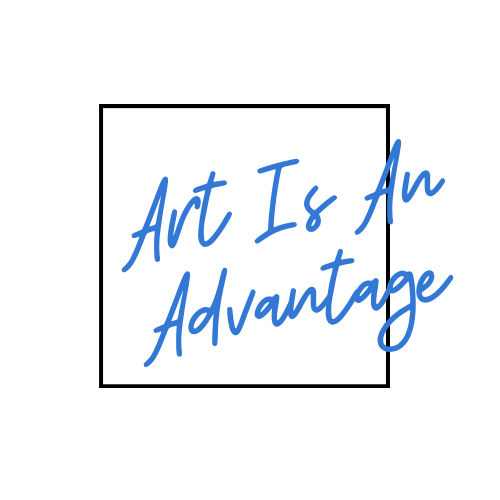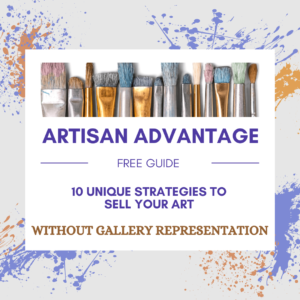by Rebecca Sciullo | Nov 12, 2019 | Learning, Tools, Writing
This Photo Was Me Before Grammarly Grammar Checker

Before I found Grammarly Grammar Checker, this is how I felt before posting an article or publishing a newsletter. I was afraid to hit “publish” or “send” for fear of typos. Because let’s face it, spell checkers do not catch everything. Finding Grammarly has reduced my time spent editing and stressing before putting a post, email, or product out into the world.
Grammarly is an online proofreader and grammar checking tool. It checks for errors with spelling, grammar, and punctuation. Choose from a free or premium paid version. The free version is an excellent place to start to get an idea of how the program works. The premium version has more bells and whistles, giving style and vocabulary recommendations along with a plagiarism checker.
Cool Features
The paid premium version also allows you to set goals for your writing, such as whether or not you want to write in a formal or informal tone, or whether or not you want to excite or persuade someone.
Did I mention It’s Free?
I started with the free version and immediately found myself saving time in the editing process. Finding it easy to use, after a few months, I decided to try the premium version. I am now hooked on this tool and run everything I write, from lengthy emails to blog posts and writing presentations and products such as my cheat sheets through this tool. It is effortless to use, and the editing tool is remarkable. Not only does it point out errors, but it offers suggestions on how to correct mistakes or improve readability.
In the past, I would worry that I missed something before publishing and spent hours going over and over the text. Yet, I would still miss errors! I no longer worry about this, as Grammarly catches everything. I can edit and finalize copy much faster than I can on my own. So, in addition to helping me reduce errors, it is a time saver.
If you are writing anything that you will share publicly, whether it is your artist statement, bio, or copy for your website, give Grammarly a try. There is no time limit on the free version, and you can upgrade at any time.
Photo by Siora Photography on Unsplash
Disclosure of Material Connection: Some of the links in the post above are “affiliate links.” This means if you click on the link and purchase the item, I will receive an affiliate commission. Regardless, I only recommend products or services I use personally and believe will add value to my readers. I am disclosing this in accordance with the Federal Trade Commission’s: “Guides Concerning the Use of Endorsements and Testimonials in Advertising.”
by Rebecca Sciullo | Nov 11, 2019 | Artisan Advantage Book Club
 Next up for the Artisan Advantage Book Club is Everybody Writes by Ann Handley.
Next up for the Artisan Advantage Book Club is Everybody Writes by Ann Handley.
Writing is essential to your visual art business. You have a message to share, and at times you need to communicate that message in writing. The more you do this, the better you will be at speaking about it, and the more people can learn about it. So, I’m here to encourage you to write! As a first step, let’s read this book.
This is a book that’s helpful for anyone wanting to boost their writing skills, including for an art business. Handley breaks down the writing process in a clear manner. She gives great tips on making catchy headlines, writing blog posts, and content for social media updates. Whether you’re an avid writer or just starting to write for your business, this book has something for everyone. Handley’s focus on keeping it real and understanding your audience makes it easy to learn and apply.
Stay connected to Art Is An Advantage through our weekly newsletter. for posts about how you might apply principles from the book to your visual art business, as well as for opportunities to share your comments about the book with others.
Disclosure of Material Connection: Some of the links in the post above are “affiliate links.” This means if you click on the link and purchase the item, I will receive an affiliate commission. Regardless, I only recommend products or services I use personally and believe will add value to my readers. I am disclosing this in accordance with the Federal Trade Commission’s 16 CFR, Part 255: “Guides Concerning the Use of Endorsements and Testimonials in Advertising.”
by Rebecca Sciullo | Nov 11, 2019 | Artist Websites, Learning, Tools
Are you missing out on timely information?
If you are a subscriber of Artisan Advantage, you should be receiving a newsletter once a month from me.
In talking with a few artists recently that I work with, it seems some of you are not receiving my messages. I’ve also been surprised that winners of my Artisan Advantage Book Club giveaway are not responding to claim their free books! Then it dawned on me that my emails are probably ending up in junk or spam folders.
It is not uncommon for an ISP (Internet Service Provider) to use filters to send an email newsletter to junk or spam folders. It happens to me too. Even my daughter’s school’s emails go to my spam box. And it’s a little embarrassing to not respond to the teacher!
Let’s fix this problem.
by Rebecca Sciullo | Nov 1, 2019 | Learning
In Real Artists Don’t Starve, Jeff Goins lays out twelve principles to help artists understand how they can sustain themselves with a creative business. He divides these principals into three logical parts: Mind-Set, Market, and Money. This book is practical. It’s not about becoming an overnight sensation, or immediately commanding extraordinary sums of money for your work. The goal is to find find a balance so that you can sustain yourself while you create.
The book is full of detailed stories to back-up his advice. There were quite a lot of them, and at times, it seemed like too many; however, there were several that I want to learn more about, including the Florida Highwaymen.
Overall, the book is full of practical guidance that you’ve probably heard before but presents it in a framework that you can follow in a step by step manner.
The author offers free bonus materials, including a workbook, which serves as a useful outline for you to take notes on how to implement his ideas in your creative business.
It’s never too late to join the Artisan Advantage Book Club. The next book selection posts next week. Don’t forget one newsletter subscriber is selected to receive a free copy of each book selected. Sign up here to join the newsletter mailing list.
Some of the links in the post above are “affiliate links.” This means if you click on the link and purchase the item, I will receive an affiliate commission. Regardless, I only recommend products or services I use personally and believe will add value to my readers.
by Rebecca Sciullo | Oct 28, 2019 | Learning, Resources, Your Artist Statement
Many artists dread writing an artist statement. They will write a statement when required to do so for an application, a submission, or to accompany an exhibition. While professional artists realize that the artist statement is necessary, and will write one when required to do so, they may not find the process comes easily to them. Also, there are some misconceptions out there when it comes to what an artist statement is.
Let’s review the what and why of an artist statement. I hope to persuade you to write the best one possible for your body of work.
What Is An Artist Statement?
Your artist statement is a written document that explains your intention for your body of work. It helps the reader to understand your work better and could entice them to view it if they have not seen it before.
There are different ideas about what an artist statement should contain and how to write one. A useful statement is one that makes someone want to view your work if they have not done so before. Or, it makes them want to take a second look at your work. It teaches or gives the viewer insight into something they may not know about the work by just looking at it.
Your artist statement is not your bio or about me page. Instead, it is primarily about your work, not your background. Your bio and artist resume/cv should exist separately from your statement.
I encourage you to craft the most effective statement you can for your work at this moment in time.
Why Should You Write an Artist Statement?
The artist statement is more than just a written document about your work. To succeed with your visual art business, you need to stand out, get noticed, and make a connection with people in a noisy world. The artist statement helps you to do that. It is your opportunity to help people to view and understand your artwork, especially when you are not there to speak with them. Also, it forces you to clarify what you want to communicate about your work. By doing this, you will be better prepared to speak and present your work, whether it is in a formal or informal setting.
 The bottom line – an artist statement prepares you for the opportunities that come your way, which is WHY you need to have one that effectively represents your work. Visit the Artisan Advantage Resources page for some tools to help with writing your artist statement.
The bottom line – an artist statement prepares you for the opportunities that come your way, which is WHY you need to have one that effectively represents your work. Visit the Artisan Advantage Resources page for some tools to help with writing your artist statement.
Sign up for the Artisan Advantage Newsletter to get a copy of this Cheat Sheet and more!




